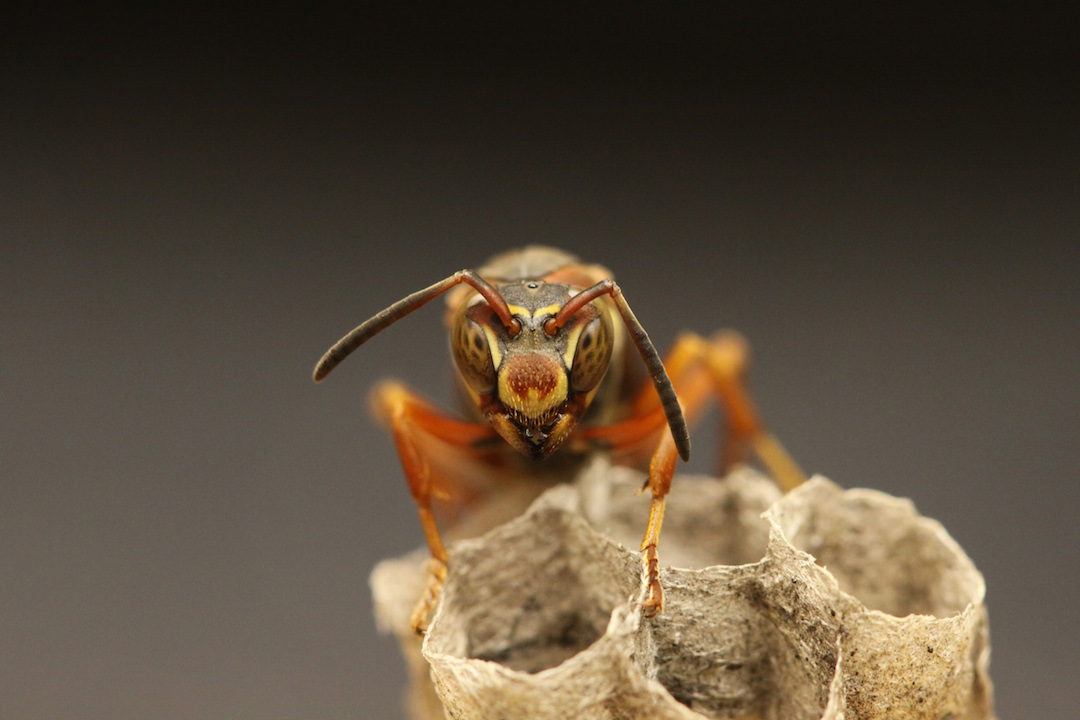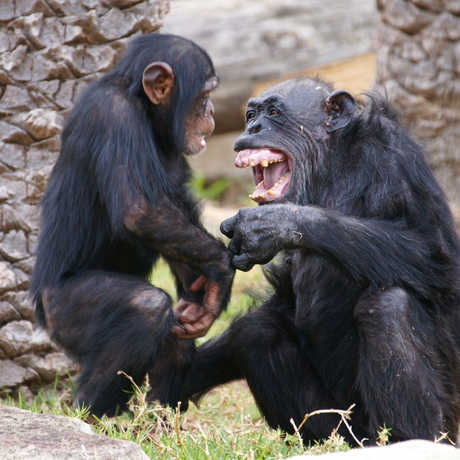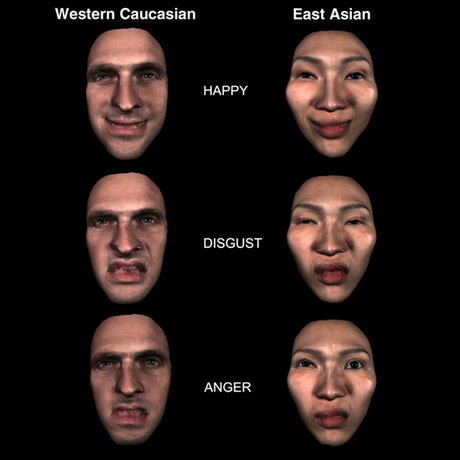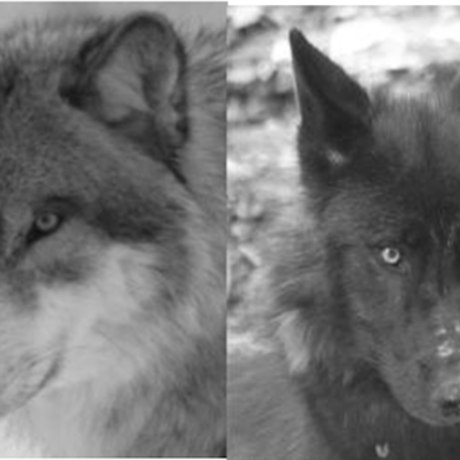Science News
Facial Expressions in Paper Wasps
May 1, 2014
by Molly Michelson

For human communication, facial expressions are incredibly important. More than words, they display how a person is feeling and what they might be thinking. As Psychology Today asked in a 2010 article, “Can a text message convey the nuance of a facial expression?”
And humans aren’t the only ones to communicate through facial expressions. Several years ago, researchers from the University of Michigan found that certain species of paper wasps also look to their comrades’ faces to communicate. According to Scientific American, the wasp species Polistes fuscatus “can perceive and memorize one another's unique facial markings and are able to use this information to distinguish individuals during subsequent interactions, much as humans navigate their social environment by learning and remembering the faces of family, friends and colleagues.”
It might be a bit simpler than human communication, but still… The facial recognition in P. fuscatus may exist to recognize social standing among the females of the species. The social structure of these insects relies on multiple queens who establish communal nests and raise offspring cooperatively, but also compete to form a linear dominance hierarchy. Remembering who they've already bested—and been bested by—keeps individuals from wasting energy on repeated aggressive encounters and presumably promotes colony stability by reducing friction.
Now the team has discovered there’s more to the communication than just the facial expressions. Publishing this week in Biology Letters, the team also found that the wasps require larger eyes to distinguish among the facial markings. This is unusual because in the past, biologists generally assumed that senses such as vision and hearing evolved to improve hunting success or survival, but were not affected by social interactions. But by comparing the different species of wasps and their ability to recognize their nestmates’ faces, author Michael Sheehan, now at UC Berkeley, found that eye size directly correlates with facial recognition.
“Larger facets in their compound eyes mean better vision, but we found that as these wasps get smaller, they have larger than expected eyes,” he says. “This demonstrates that they evolved improved acuity relative to size in order to discriminate among different individuals in the colony.
“Wasps and humans have independently evolved similar and very specialized face-learning mechanisms, despite the fact that everything about the way we see and the way our brains are structured is different,” he continues. “That's surprising and sort of bizarre.”
Bizarre in a good way? I wish I could’ve seen his face as he said that last bit.
Image: Michael Sheehan


